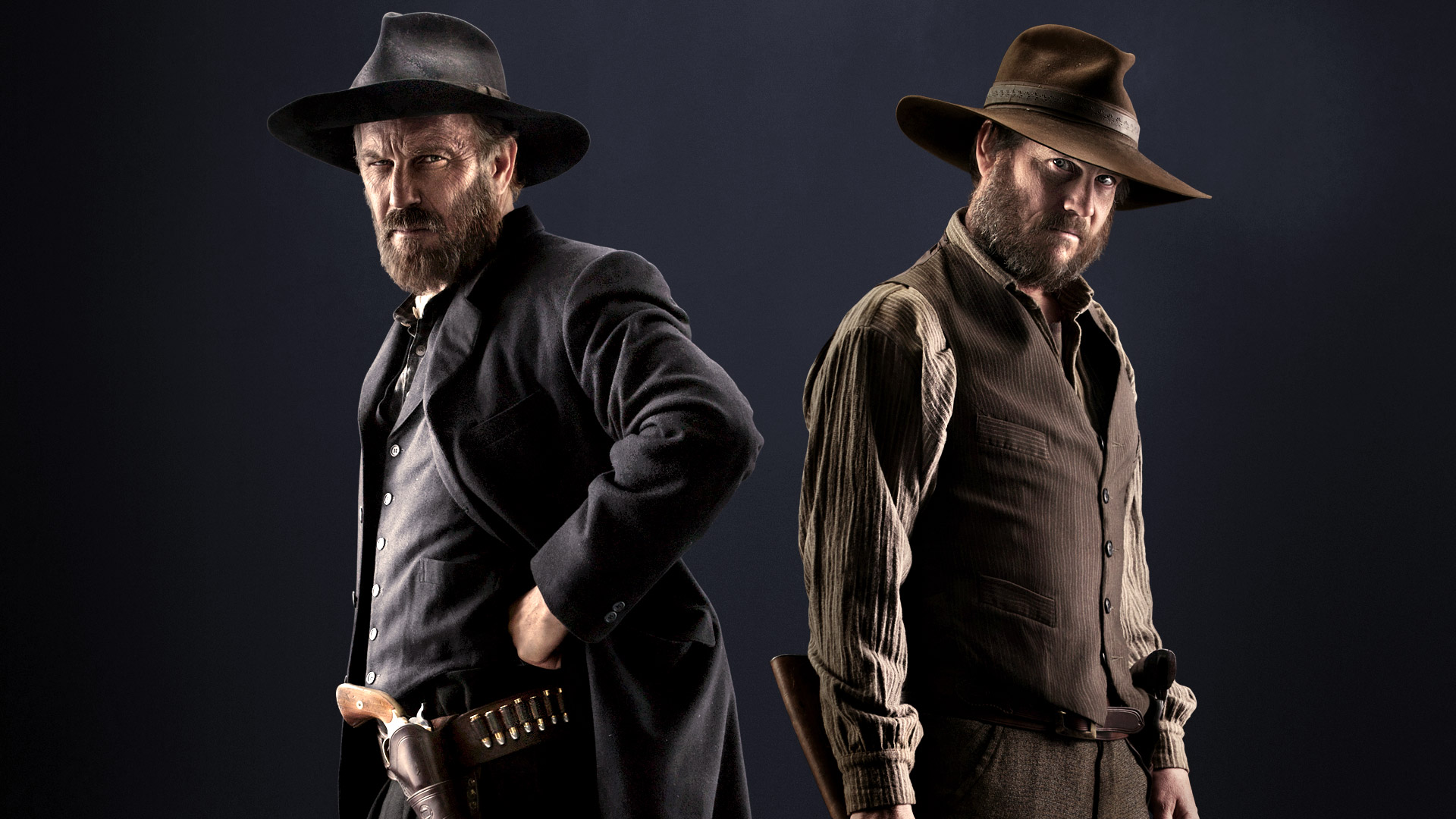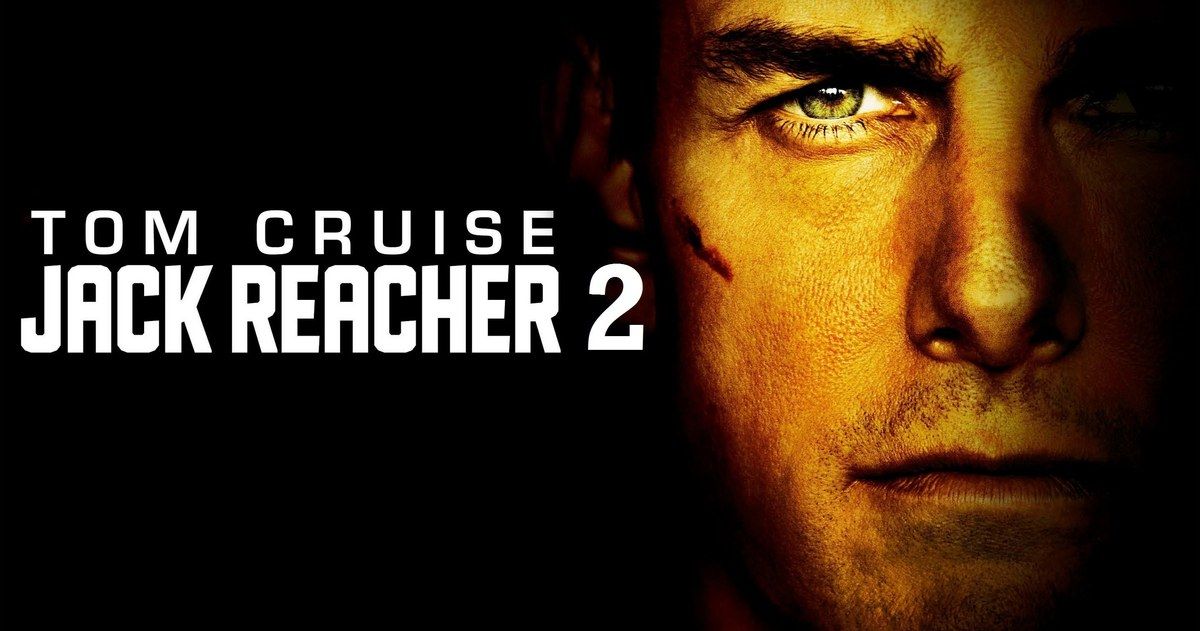The History Channel’s Hatfields & McCoys miniseries is a gripping and emotionally intense portrayal of one of America's most infamous family feuds. Released in 2012 and starring Kevin Costner and Bill Paxton in commanding lead roles, the series spans three episodes that vividly recount the real-life conflict between two rural Appalachian families in the late 19th century. With stunning performances, authentic storytelling, and a haunting atmosphere, Hatfields & McCoys is a powerful exploration of loyalty, vengeance, and the human cost of hate.
Set during and after the American Civil War, the story follows Devil Anse Hatfield (Kevin Costner) and Randall McCoy (Bill Paxton), two once-friendly neighbors whose relationship unravels due to misunderstandings, pride, and deep-rooted bitterness. What begins as a personal grudge slowly escalates into a full-blown war between the families, affecting generations and spilling blood across Kentucky and West Virginia.
Each episode dives deeper into the complex dynamics of both clans, revealing the destructive power of vengeance and the inability to let go of past wrongs.
Kevin Costner delivers a gritty and nuanced performance as Devil Anse Hatfield — a man torn between his violent instincts and his desire to protect his family. Costner’s rugged charisma gives the character depth, portraying him as more than just a cold-blooded rival.
Bill Paxton is equally powerful as Randall McCoy, a devout man consumed by grief and righteous anger. His portrayal is filled with pain and regret, making the character's descent into obsession feel tragically real.
The supporting cast — including Tom Berenger, Powers Boothe, and Mare Winningham — adds emotional weight to the narrative, each playing their roles with conviction and authenticity.
Directed by Kevin Reynolds, Hatfields & McCoys is visually stunning. The Appalachian landscapes are both breathtaking and brutal, reflecting the harshness of the time and the intensity of the feud. The cinematography is earthy and raw, enhancing the miniseries' historical realism.
The use of muted colors and natural lighting adds to the gritty tone, while the period-accurate costumes and set design immerse viewers in the 1800s. The violence is realistic and uncompromising — never glamorized, but instead shown as tragic and inevitable.
At its core, Hatfields & McCoys is not just about a family rivalry — it’s a reflection on how pride, stubbornness, and blind loyalty can destroy entire communities. The miniseries explores themes of justice, morality, and the blurred lines between right and wrong. It’s a cautionary tale, showing how cycles of revenge consume those who perpetuate them.
The slow burn of the narrative allows viewers to feel the weight of time passing and how each act of revenge further deepens the emotional wounds.
Hatfields & McCoys stands out as one of television’s most well-crafted historical dramas. With commanding performances, beautiful cinematography, and a deep emotional core, it captures the horror and heartbreak of a feud that became legend. Though grim and at times heavy, the series offers a profound look at the darkest corners of human nature and the tragic cost of hatred passed from father to son.



